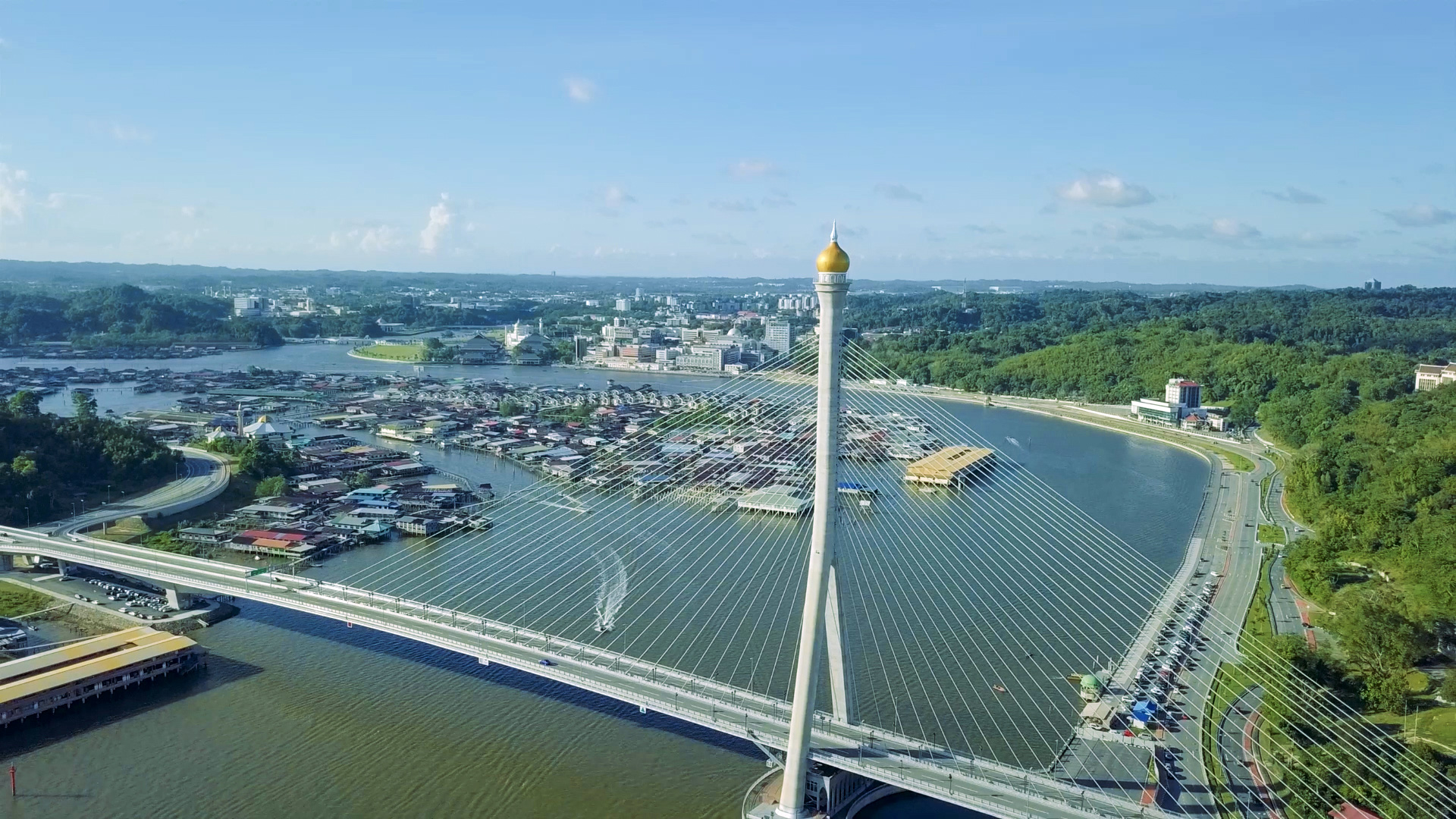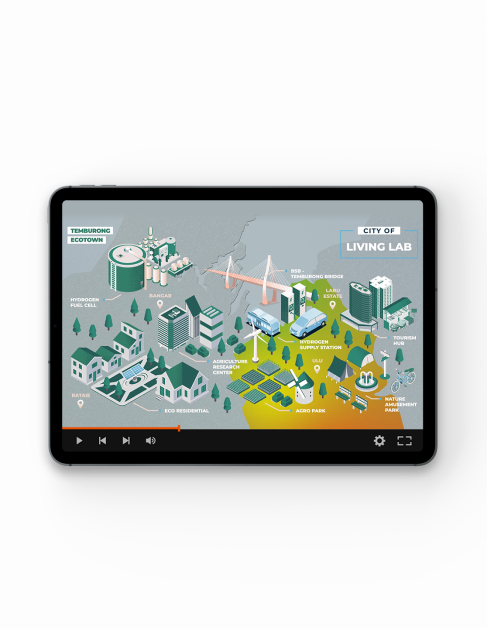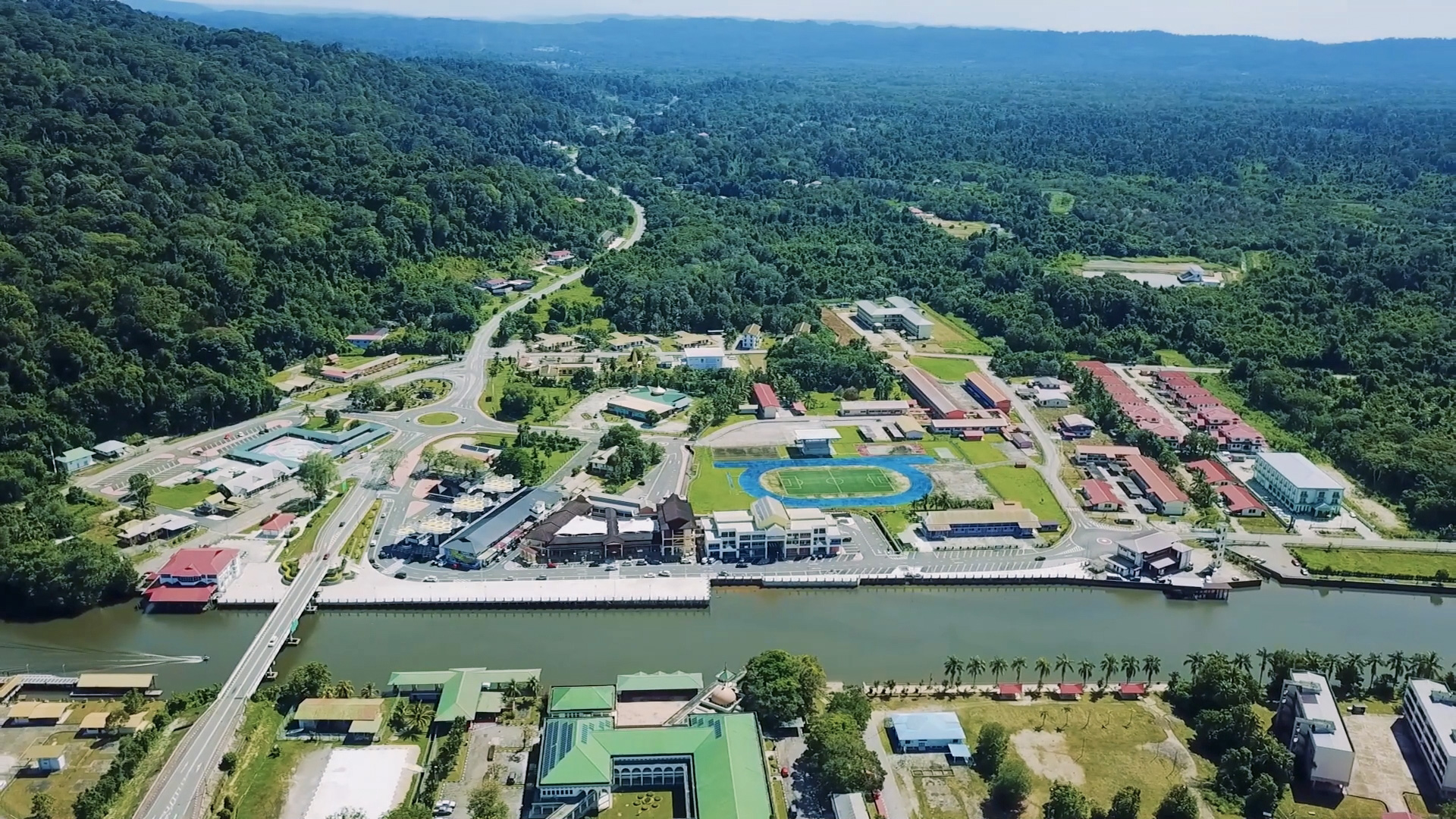Journal
InsightsHarnessing Technology for Effective Communication in Smart Cities
Smart cities represent the future of urban development, blending technology, data, and citizen engagement to create more efficient, sustainable, and liveable urban environments. The Southeast Asian region, with its rapid urbanization and diverse challenges, is increasingly adopting smart city initiatives to address urban problems and enhance the quality of life for its residents.
The Promise of Smart Cities
The concept of smart cities revolves around using digital technologies to enhance urban services and infrastructure. This includes leveraging data analytics, IoT (Internet of Things), and artificial intelligence to improve areas such as transportation, energy management, public safety, and healthcare. According to a report by the McKinsey Global Institute, smart solutions can significantly impact Southeast Asia by reducing greenhouse gas emissions, improving public safety, and increasing efficiency in public services. For instance, smart mobility solutions could save up to 8 million man-years in annual commuting time, and smart healthcare initiatives could extend healthy life expectancy by reducing the disease burden by 12 million disability-adjusted life years.

Challenges and Solutions
Despite the potential benefits, the implementation of smart city initiatives in Southeast Asia faces several challenges. These include financial constraints, technological gaps, and the need for effective public-private partnerships. Cities with limited budgets need to prioritize practical solutions over flashy new technologies. Open data portals can help jump-start innovation by providing raw data for private sector development. Moreover, cities must foster collaborations between government agencies, technology providers, and local communities to ensure the successful deployment of smart city technologies.
Temburong, Brunei: A Case Study
A prime example of smart city development in Southeast Asia is Temburong in Brunei. Flourish played a role in developing communication materials for this project in collaboration with Japanese think tank ERIA (eria.org), a project that required us to explain complex technical ideas clearly for a more general audience. Temburong’s smart city initiative focuses on sustainability and eco-tourism, incorporating advanced technologies for environmental conservation and efficient urban management. Our communication strategy involved creating engaging visuals and easy-to-understand content to educate the public and stakeholders about the benefits and functionalities of the smart technologies being implemented.

Technological Integration in Smart Cities
Successful smart city initiatives rely on integrating various technological components seamlessly. This includes:
- IoT and Sensor Networks: IoT devices and sensors collect real-time data on various urban parameters, such as traffic flow, air quality, and energy consumption. This data is crucial for making informed decisions and optimizing urban services.
- Data Analytics and AI: Advanced data analytics and AI algorithms process the vast amounts of data generated by IoT devices. These technologies provide actionable insights and predictive capabilities to enhance urban planning and service delivery.
- Digital Infrastructure: Robust digital infrastructure, including high-speed internet and secure communication networks, forms the backbone of smart city initiatives. This infrastructure supports the seamless operation of IoT devices and data analytics platforms.
- Citizen Engagement Platforms: Engaging citizens in the smart city ecosystem is vital for its success. Digital platforms and mobile apps enable residents to access information, report issues, and participate in decision-making processes. This fosters a sense of community and ensures that smart city solutions address the real needs of the populace.
Public-Private Partnerships
Public-private partnerships are essential for the sustainable development of smart cities. The private sector can bring in technological expertise, innovative solutions, and investment, while the public sector provides regulatory support, infrastructure, and a conducive environment for innovation. Successful examples of such partnerships can be seen in the development of digital citizen apps, data-driven transit planning, and intelligent traffic systems in various Southeast Asian cities.

The Future of Smart Cities in Southeast Asia
The future of smart cities in Southeast Asia looks promising, with numerous projects and initiatives underway. The U.S.-ASEAN Smart Cities Partnership (USASCP) is one such initiative that promotes sustainable, resilient, and inclusive urban solutions. It addresses urban challenges through knowledge-sharing, capacity building, and data-driven decision-making. Additionally, the ASEAN Smart Cities Network (ASCN) facilitates cooperation and collaboration among member cities, catalyzing bankable projects with private sector involvement.
By embracing smart city technologies, Southeast Asia can transform its urban landscapes, making cities more livable, efficient, and sustainable. As technology continues to evolve, the region's cities have the opportunity to become global leaders in smart urban development, setting benchmarks for innovation and quality of life improvements.
Read more:
Smart cities in South East Asia : a landscape review
https://www.unescap.org/kp/2023/smart-cities-south-east-asia-landscape-reviewSmart cities in Southeast Asia
https://www.mckinsey.com/capabilities/operations/our-insights/smart-cities-in-southeast-asia



